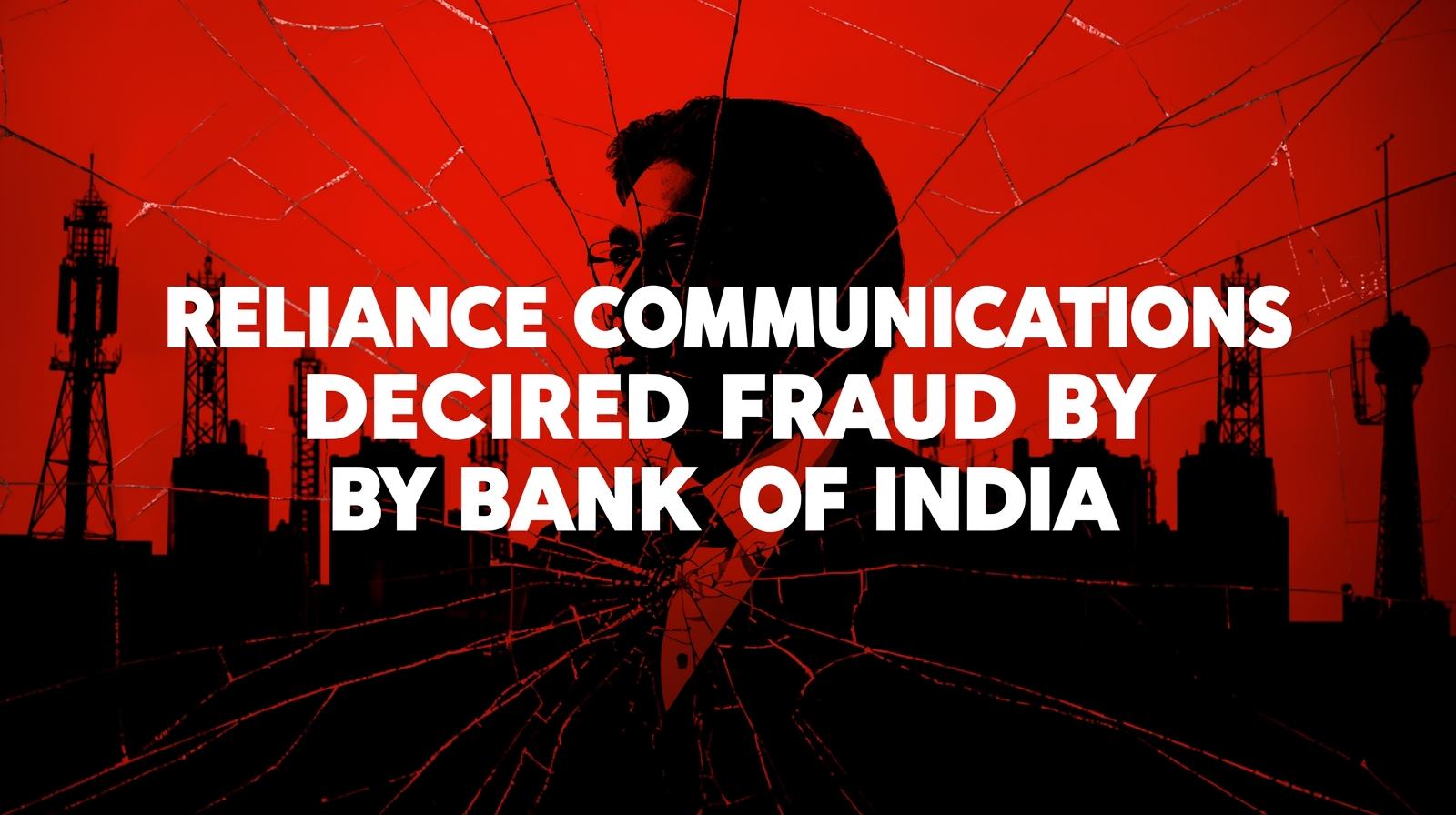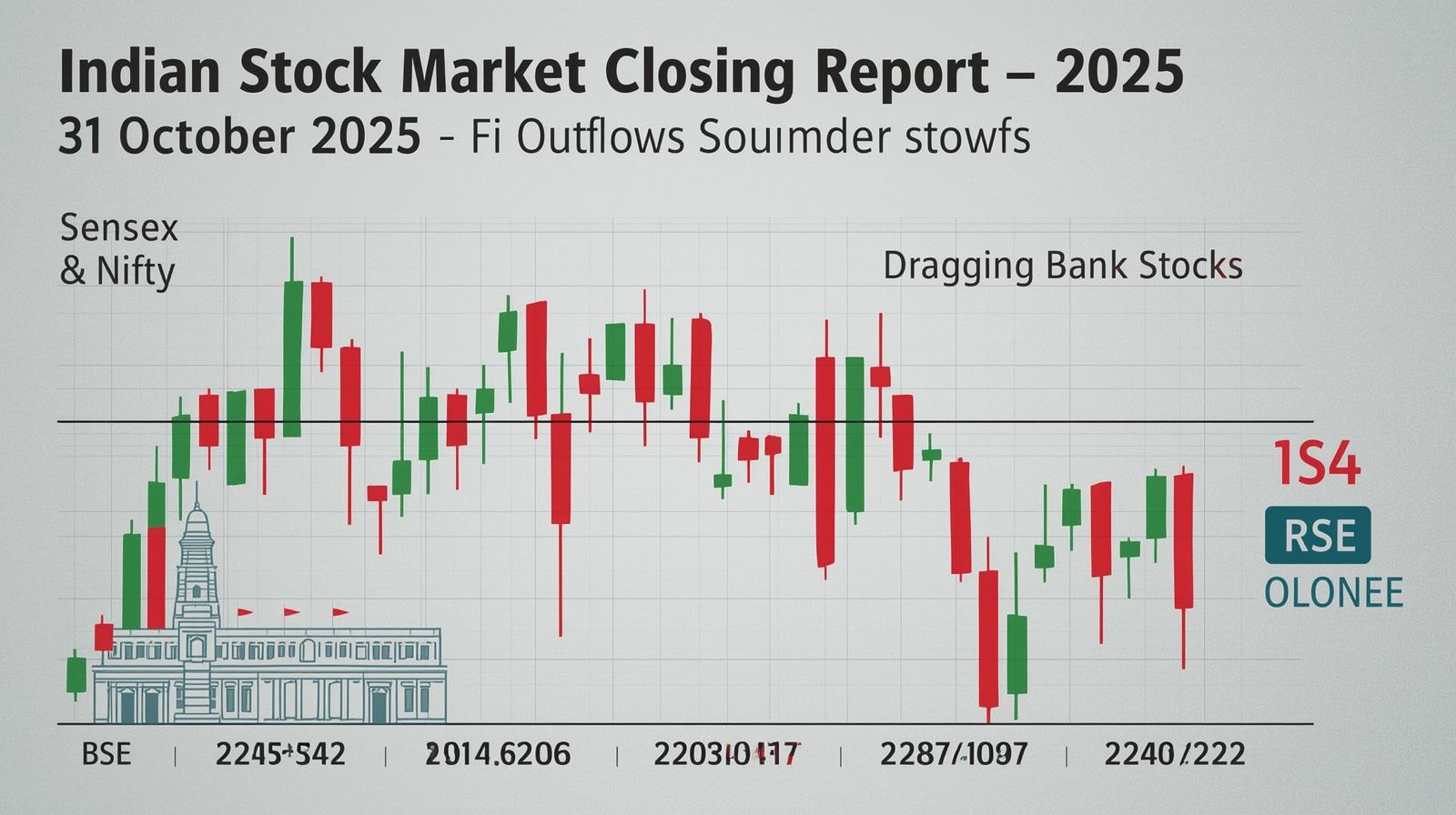Paytm Success Story | Vijay Shekhar Sharma Journey | Paytm IPO 2021 | RBI Crackdown on Paytm Bank | Paytm Comeback 2025 | One97 Communications | Indian Fintech Evolution
🚀 Introduction: A Journey That Defines India’s Startup Spirit
Imagine a ₹10,000 startup transforming into a ₹1.4 lakh crore fintech empire, only to face near-collapse and then rebuild its credibility brick by brick. This is not a movie script—this is Paytm’s real-life story.
From selling ringtones to building India’s largest mobile wallet, to suffering regulatory blows and making a slow, disciplined comeback—Paytm’s timeline is a rollercoaster of grit, innovation, failure, and revival.
Let’s decode how a small-town entrepreneur changed Indian payments forever, faced massive backlash, and is now quietly climbing back.
🧒 A Dream Born in Aligarh: Vijay Shekhar Sharma’s Early Life
Born in Aligarh, Uttar Pradesh, Vijay Shekhar Sharma was raised in a lower-middle-class household where education mattered more than money. A Hindi-medium student with limited English fluency, Vijay entered Delhi College of Engineering at 15 and soon became fascinated by the internet.
He developed indiasite.net, an online directory, and sold it for $1 million (₹8 crore) in 1999—giving him his first real taste of entrepreneurship.
💡 Building Blocks: One97 Communications
With his earnings, Vijay started One97 Communications in 2000. Initially, it offered value-added services (like jokes, ringtones, cricket scores) for feature phones. It was niche, and telecom operators often delayed payments.
He sold 40% of his company for just ₹8 lakh, faced near bankruptcy, and at times couldn’t afford rent or salaries. But the idea of building something for Bharat kept him going.
📲 Enter Paytm: 2010, A Bold Bet
In 2010, Paytm—short for “Pay Through Mobile”—was born.
-
Initially launched as a mobile recharge platform
-
Gradually added bill payments, metro recharges, and DTH
-
Backed by $2 million from Sapphire Ventures
-
Struggled to acquire users in a cash-dominated India
The platform was functional, user-friendly, and aligned with India’s growing smartphone population.
💥 The Game-Changer: 2016 Demonetization
On 8 November 2016, when ₹500 and ₹1,000 notes were scrapped overnight, India plunged into a cash crisis—and Paytm became the digital savior.
-
Daily downloads surged by 400%
-
Crossed 100 million users within months
-
Adopted by kirana stores, cab drivers, street vendors
-
Became synonymous with “digital payments” overnight
The slogan “Paytm Karo” became India’s default financial phrase.
🔄 Transformation into a Fintech Giant (2017–2021)
Post-demonetization, Paytm expanded rapidly:
| Vertical | Launch Year | Key Offering |
|---|---|---|
| Paytm Wallet | 2014 | Contactless payments |
| Paytm Payments Bank | 2017 | India’s first digital-only bank |
| Paytm Mall | 2017 | E-commerce arm |
| Paytm Money | 2018 | Investments, IPOs, stock trading |
| Paytm Insurance | 2019 | Digital policies via app |
| Soundbox Devices | 2019 | Audio payment confirmation for merchants |
By 2021, Paytm had 33 crore users and over 2 crore merchants.
📉 The IPO Hype and Historic Crash (2021)
In November 2021, Paytm launched India’s largest IPO, raising ₹18,300 crore at a valuation of ₹1.4 lakh crore. It was expected to be a blockbuster.
But the euphoria didn’t last:
-
27% share price crash on listing day
-
Valuations called “stretched” by analysts
-
Loss-making business model raised red flags
-
Investor sentiment turned cold, very fast
⚠️ RBI Red Flags and Regulatory Setbacks (2023–2024)
The real storm came in 2023–24 when the RBI cracked down on Paytm Payments Bank, citing:
-
Data sharing with Chinese entities
-
KYC lapses and compliance breaches
-
Weak internal audits
In early 2024:
-
RBI barred Paytm Payments Bank from adding new customers
-
Ordered an IT audit
-
Vijay Shekhar Sharma resigned from the board of the bank
This was a massive blow—stock plunged below ₹400, and brand credibility took a serious hit.
🛠️ Turning the Ship: Paytm’s Comeback Strategy (2024–2025)
Despite setbacks, Paytm shifted gears with quiet resilience. It restructured its operating model and started its slow comeback:
Key Revival Strategies:
✅ Exited Paytm Payments Bank model, tied up with other RBI-licensed banks
✅ Focused on UPI market share via interoperability
✅ Revamped Soundbox with voice+display for merchant loyalty
✅ Optimized costs, reduced marketing spends, and exited non-core operations
✅ Rebuilt investor confidence with quarterly EBITDA positivity in FY25
📈 Current Status: A Resilient Digital Force (As of July 2025)
-
Stock Price (23 July 2025): ₹1066.00
-
Market Cap: ~₹68041+ crore
-
UPI Market Share: 15% among 3P apps
-
Monthly Active Users: 10+ crore
-
Merchants: 2.2 crore
-
Profitability: Achieved positive cash flow and EBITDA for Q1 FY26
Paytm may not be the biggest anymore, but it’s profitable, trusted, and deeply rooted in India’s digital evolution.
🧠 What Retail Investors Can Learn
-
IPO hype ≠ long-term value
-
Regulatory compliance is king
-
Leaders matter: Vijay Shekhar Sharma’s public trust helped stability
-
Fintech is still India’s largest growth area
💬 Final Thoughts: A Startup Saga Like No Other
The Paytm story is no longer just a business case study—it is a part of India’s digital history.
From ringtones to IPOs, from struggles to successes, from RBI notices to profitable pivots—Paytm has shown that great founders don’t just create startups—they revive them too.
“Paytm Karo” might not be shouted as loud anymore, but it’s whispered confidently in every corner shop of India.
📉 Stock Market Disclaimer
Disclaimer: This post is for informational and educational purposes only and does not constitute financial advice or a recommendation to buy/sell any stock or share. Investing in the stock market involves risk. Past performance is not indicative of future results. Always conduct your own research or consult a licensed financial advisor before making investment decisions.





